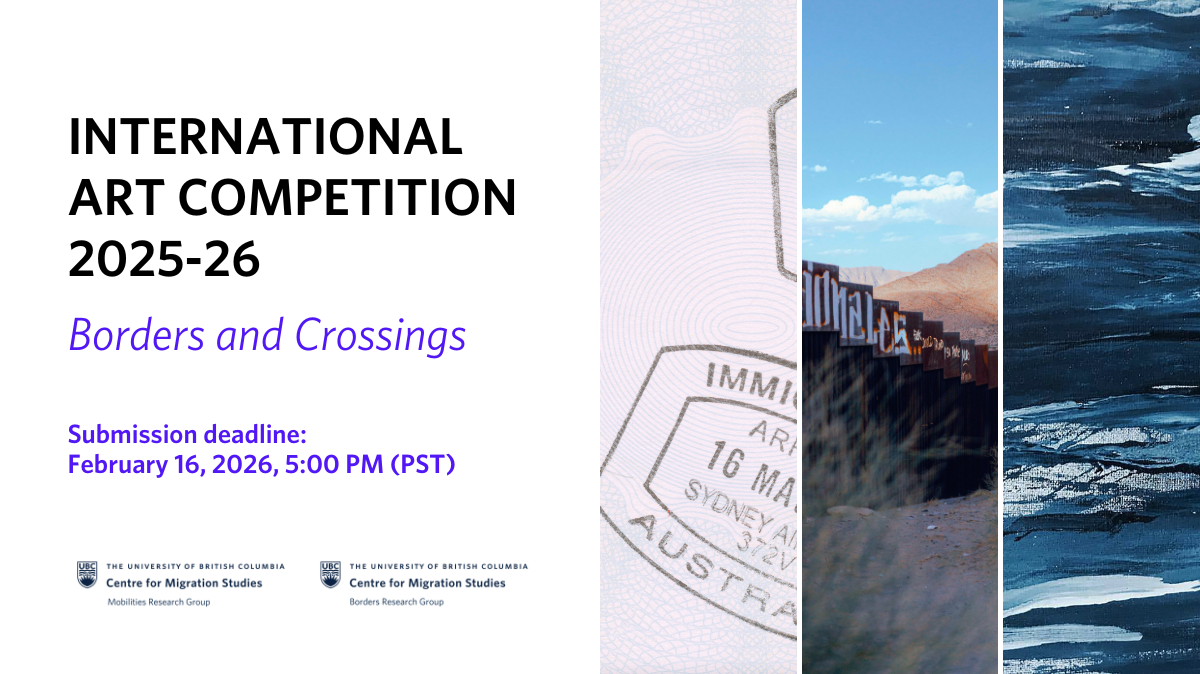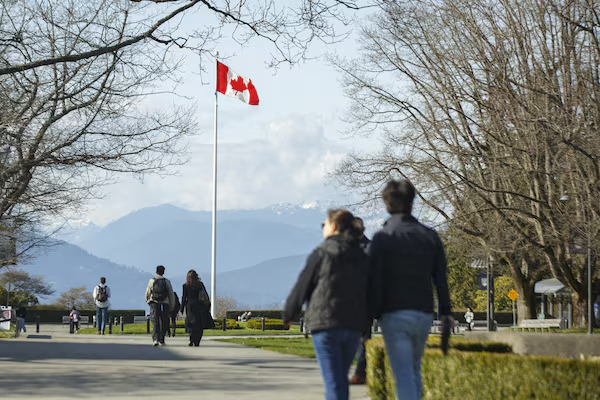

Learn more about the work of CMS visiting scholar and Speaker Series guest, Prof. Ming Chen.
Ming Chen is a legal scholar specializing in immigration, citizenship, and equality. She is Professor of Law and the founding faculty director of the Center for Race, Immigration, Citizenship, and Equality (RICE) at UC Law San Francisco. Her teaching centers on Constitutional Law, Administrative Law, Immigration Law, and Citizenship. In addition, she serves as Co-Editor for the Immigration Prof blog (@immprof) and chaired the executive committee for the AALS Immigration Section and the Law and Society Association’s Citizenship and Migration Section. She has served on the Colorado state advisory council to the U.S. Commission on Civil Rights and clerked for the U.S. Court of Appeals for the Ninth Circuit in San Francisco. Previously, she was a research associate at Brookings Institution and worked for federal agencies and nonprofit organizations on the civil rights of racial minorities and immigrants.
We spoke to Prof. Ming Chen about her current research ahead of her upcoming CMS events:
- Exclusion By Design: Migrant Racialization and Temporary Legal Status, on November 24, 11:45 AM – 1:45 PM, IKBLC, Dodson Room (302)
- Afternoon Coffee Chat with Ming Chen, on November 24, 3:00 – 4:30 PM, C.K. Choi 351
Temporary migration has become the dominant mode of entry into the U.S., yet it remains underexamined in both law and public debate. Why do you think this “temporary turn” has received so little critical attention, and what are the implications of overlooking it?
There is the obvious reason that temporary migrants do not always stick around. Either they leave, or they change statuses. So you don’t always see a persistent presence, and they don’t always have time to form a coherent community while they’re living in the U.S. More fundamentally, many people do not understand the role of the law in people’s lives or that legal status is contingent, shifting, and dynamic. We are typically born into a race or a gender and remain in that category for our lifetimes. That’s not true for legal status. An international student in a US college can become a worker, a graduate student, a worker again, and then a person with unauthorized (visa overstay or falling out of compliance) or persecuted presence (temporary protected status) over the course of 15-20 years. All of the shifting makes for an unstable identity. It can also breed a degree of uncertainty and anxiety, making them reluctant to participate in empirical research or harder to find and track over the time it takes to produce a scholarly publication.
Neglecting temporary migrants gives us an incomplete understanding of the immigrant experience, missing what is a large category — the largest — of the population. It always overlooks the fact that temporariness is perhaps the paradigmatic example of human existence.
Your recent research examines temporary migrants such as high-skilled workers and international students, particularly their racialized experiences in the U.S. and Canada. What similarities or differences have you observed across these contexts in how “temporary” status shapes belonging and exclusion?
The issues of belonging and exclusion are central to understanding the impact of institutional pathways on individuals seeking to integrate into a new community anywhere they arise. In the US and many countries, temporary migrants are recruited to fill jobs. Their fuller lives while working, their families, and their capacity to travel are not always part of the employment package. They do not have a guarantee of a green card or a pathway to citizenship. In Canada, by contrast, there is a smoother pipeline and more institutional support for being a temporary visitor, whether student or skilled worker, to a permanent residence with the option to someday become a citizen. This makes a significant difference in migrants’ integration outcomes — both in the short and long term — even if they do not initially plan to remain in the host country!
How did you get interested in your current project?
My parents immigrated to the United States from China via Taiwan as international students, and they live in Silicon Valley. They are similar to the international students and technology workers, who are overwhelmingly Asian. Until 5 years ago, China was the #1 sending country in both legal categories; now India is #1 and China is #2. Despite their many advantages, they have trouble incorporating into mainstream life in the U.S. My sense is that there are structural reasons, not only individual weaknesses and bad acts. Political leaders seek to exclude these migrants even though they would undoubtedly benefit the U.S. economy. And the laws facilitate their exclusionary efforts. This is an essential distinction between the institutional design of immigration law in Canada and the U.S.
Much of your work bridges law, sociology, and policy. How has this interdisciplinary approach expanded or complicated traditional legal scholarship on immigration and citizenship?
Focus on the problem and let the solutions emerge from whoever, whatever, and wherever is helpful. That is, be willing to consider a range of disciplinary perspectives, methodologies, and case studies to get to the best resolution of the problem.
That’s why I embrace a law-and-society perspective. Law and society constitute one another. That means that when society changes, the law changes and vice versa. It’s not possible to understand one without the other. Right now, it feels like the American society is shifting in a way that marginalizes immigrants, racial minorities, and women (among others). Whether being framed as threats to American identity, national security, public health, or the economy, immigrants are being blamed for national hardships, and politicians capitalize on those fears to frame policies and enact laws that imbue them with staying power.
What advice would you give to emerging scholars and practitioners who want to work at the intersection of law, race, and migration justice?
Stay hopeful. The patterns of race and immigration civil rights history foretell progressive shifts giving way to conservative, and also conservative ones turning progressive. When I was in high school, California enacted ballot initiatives that sought to exclude immigrants from public benefits and strip affirmative action to support racial minorities and women in education and employment. In the years since, California has enacted some of the most pro-immigrant policies in the nation. It has become one of the most racially diverse states, with the largest number of Asian, Latino, and multiracial persons. And it has become a safe haven for women and gender-fluid persons. So our society can change the laws again and create ripples that continue societal shifts toward inclusion.


